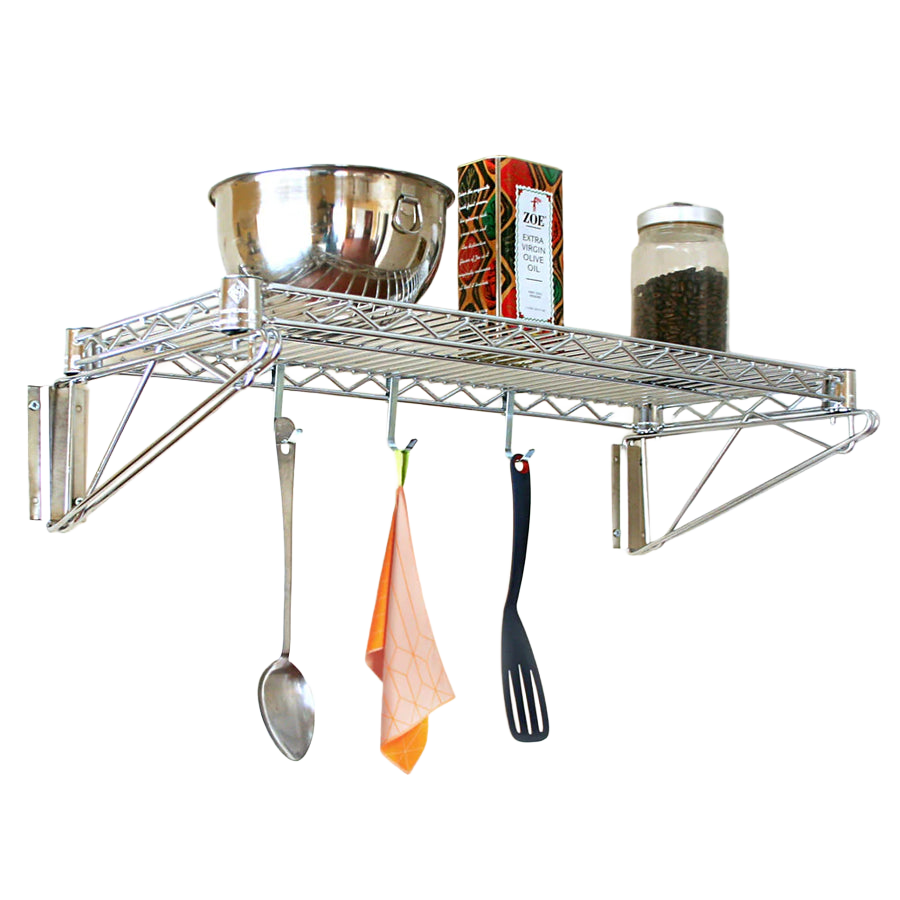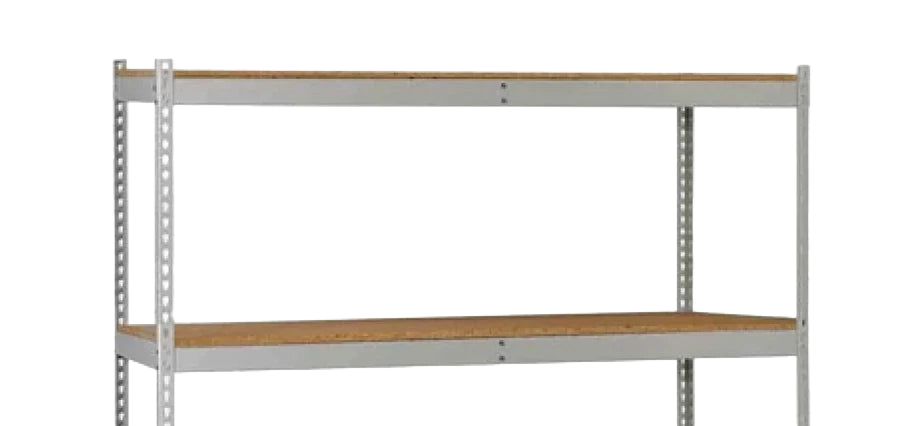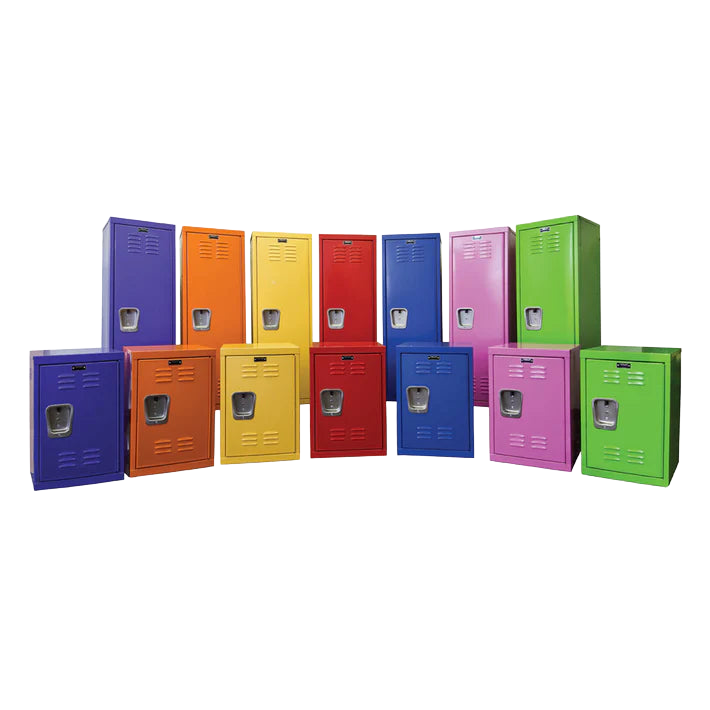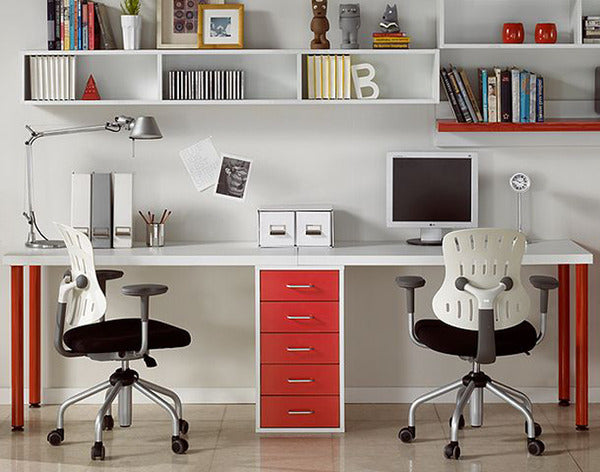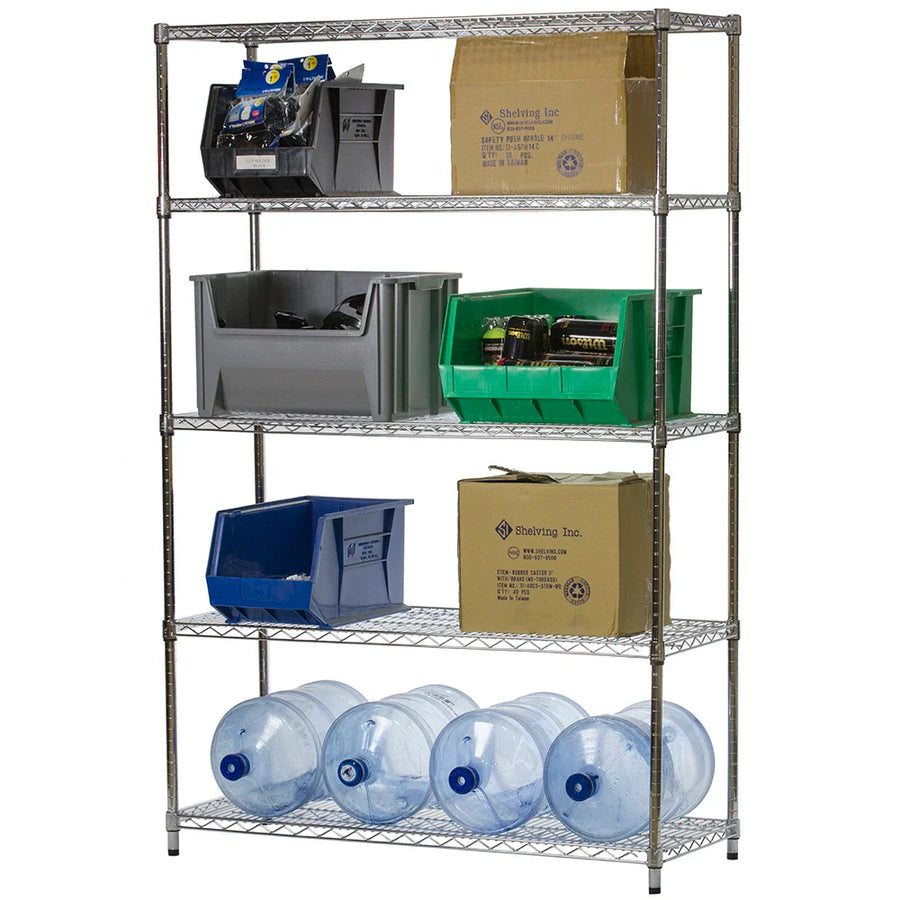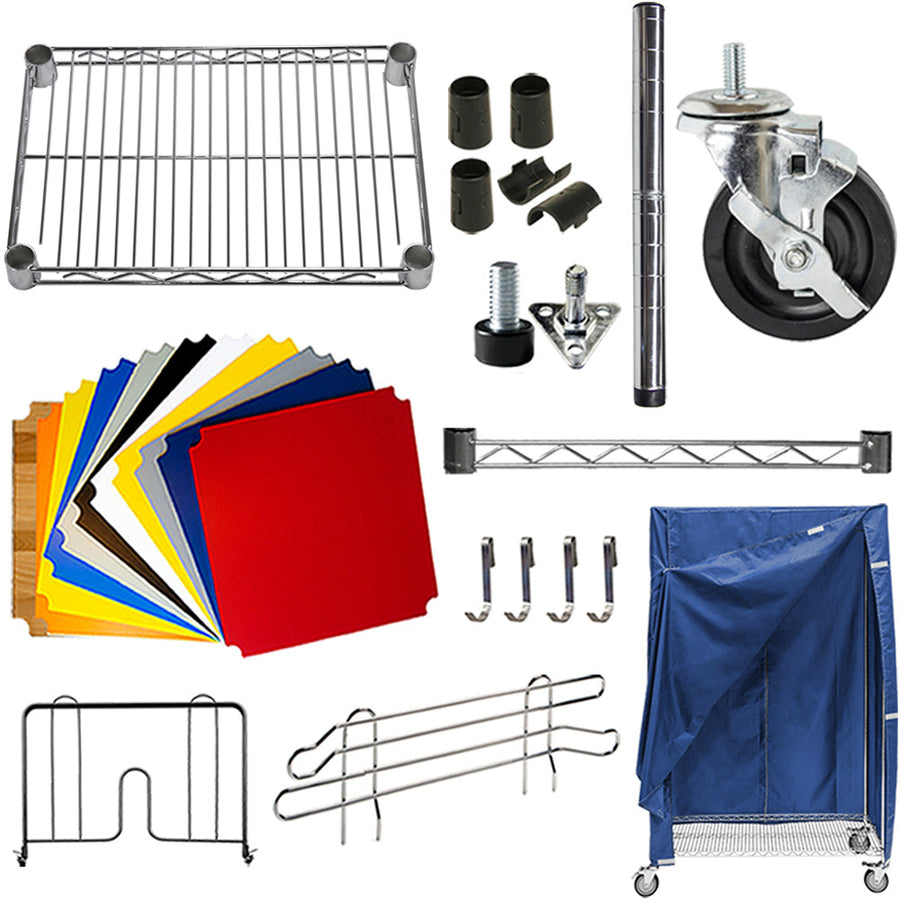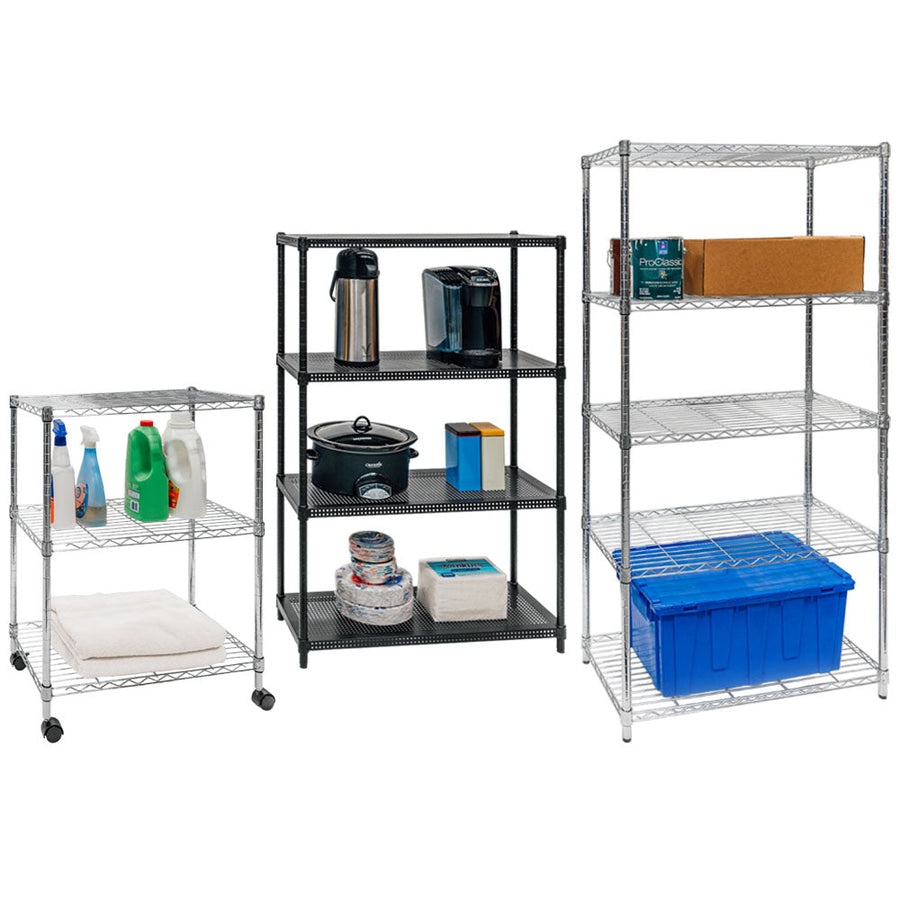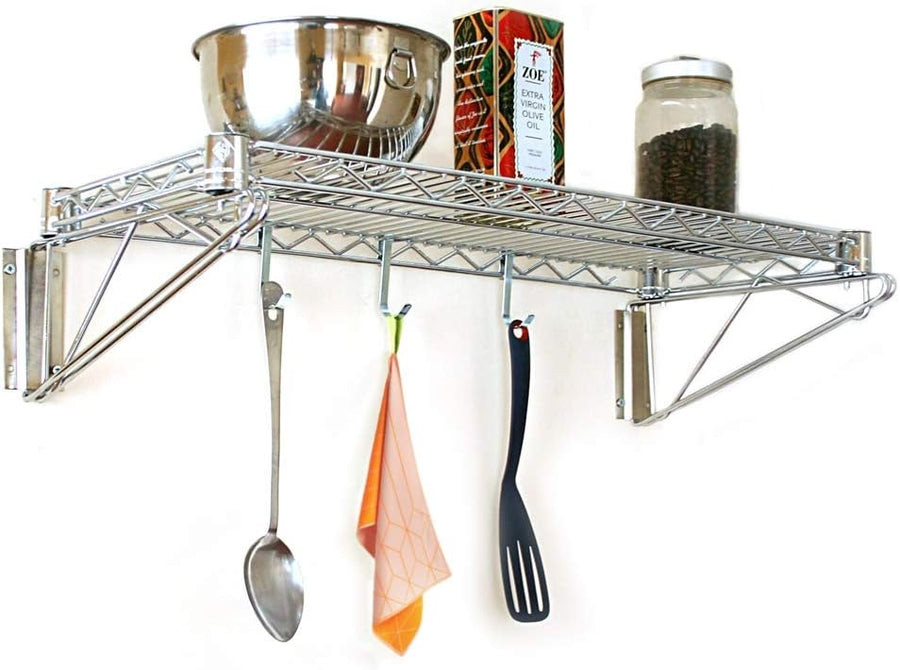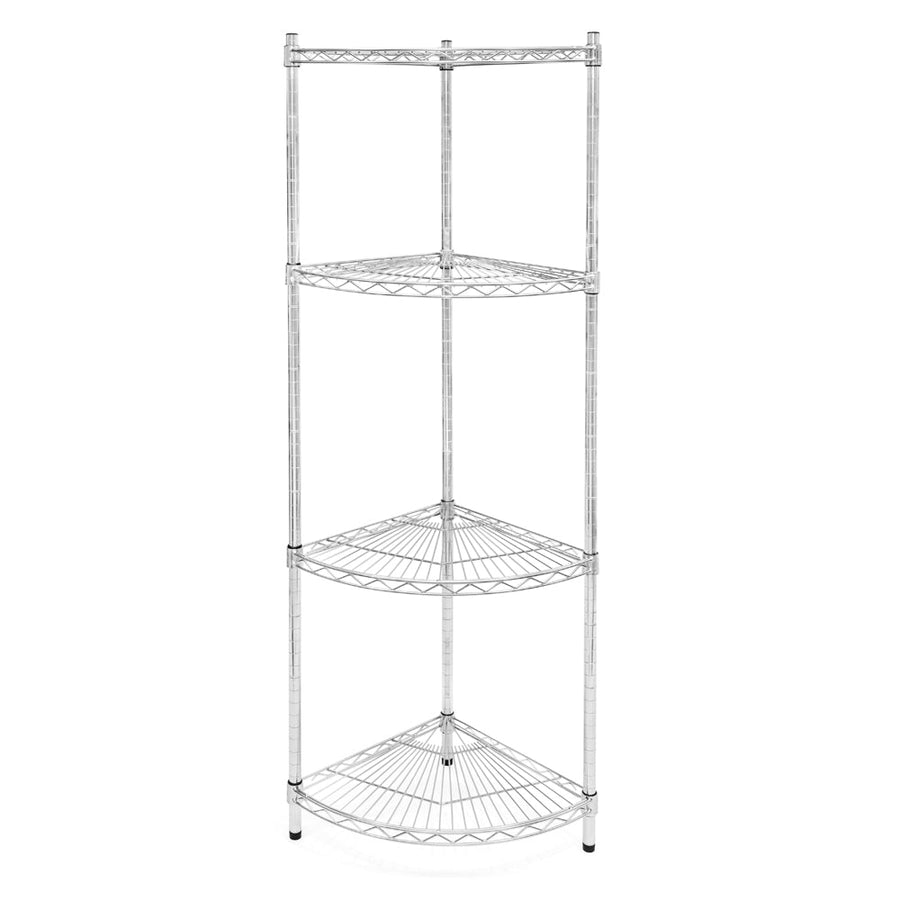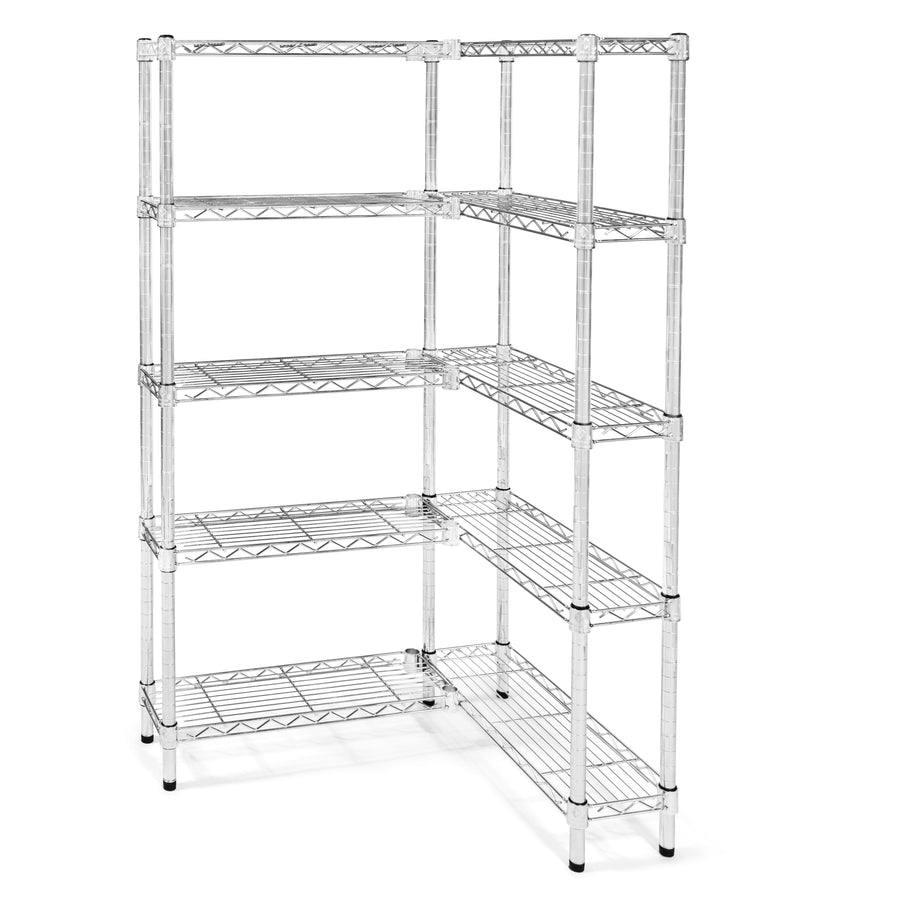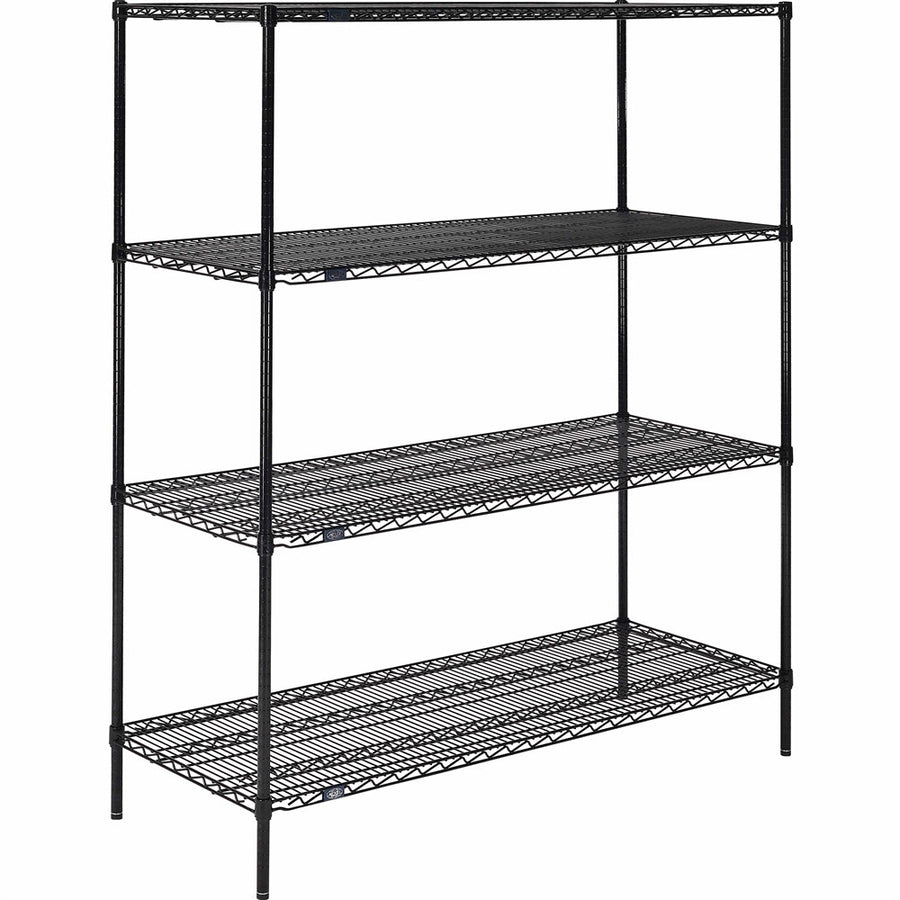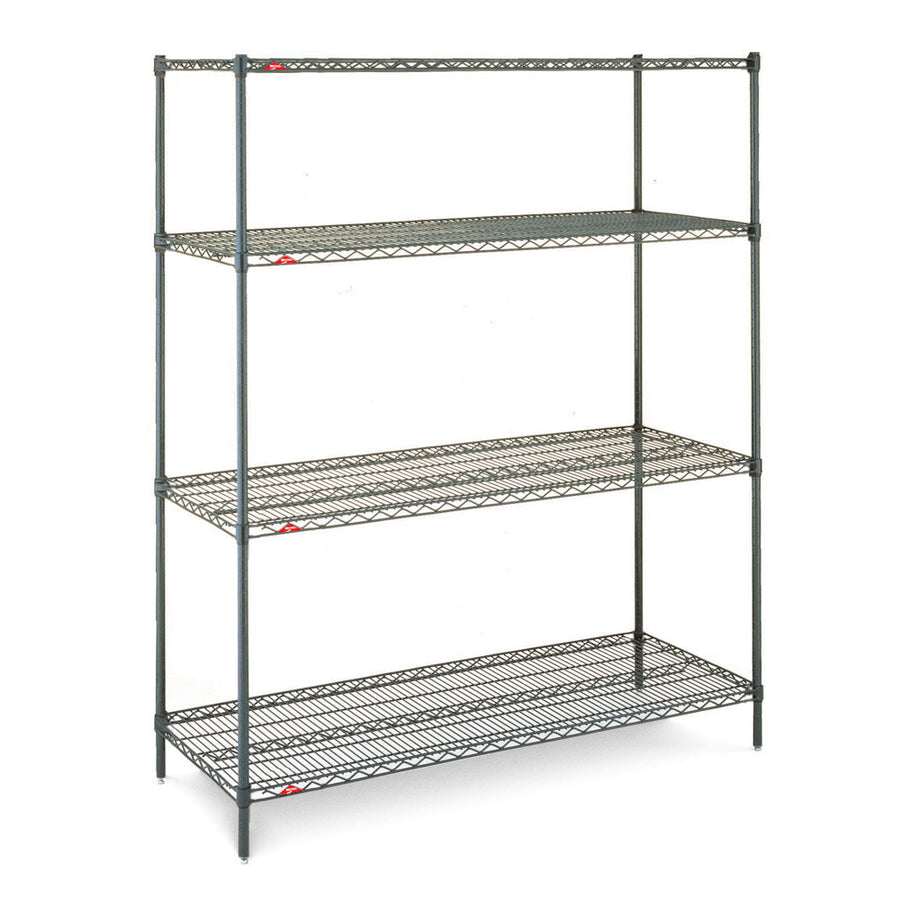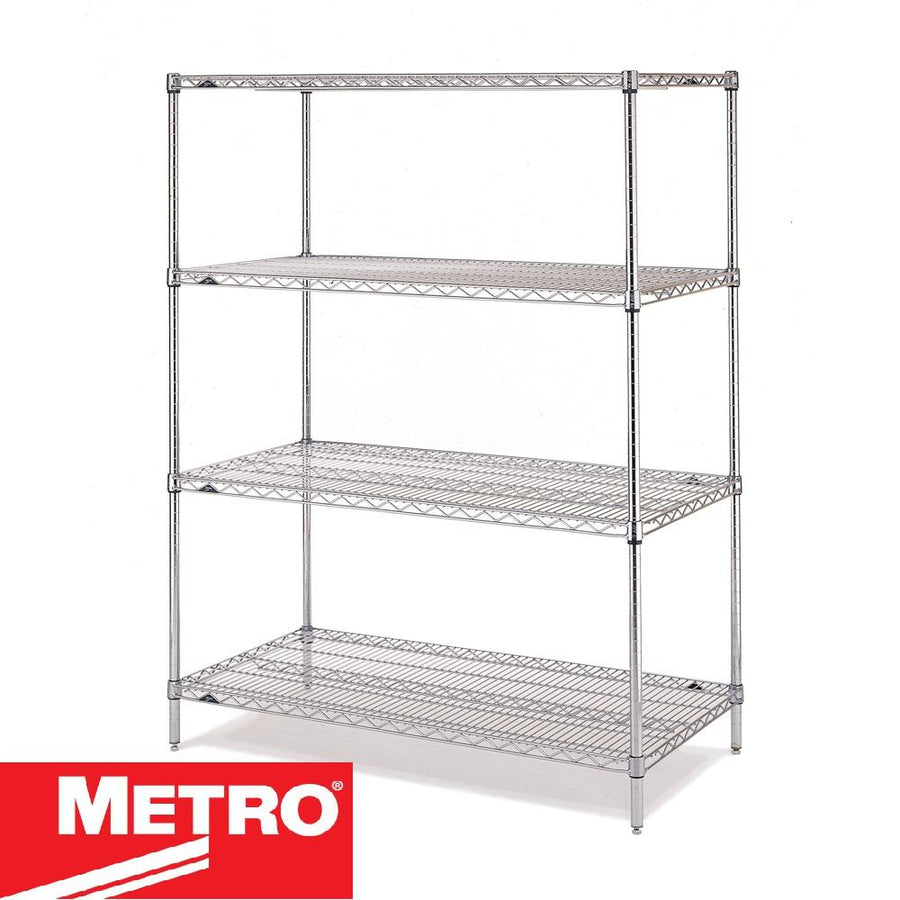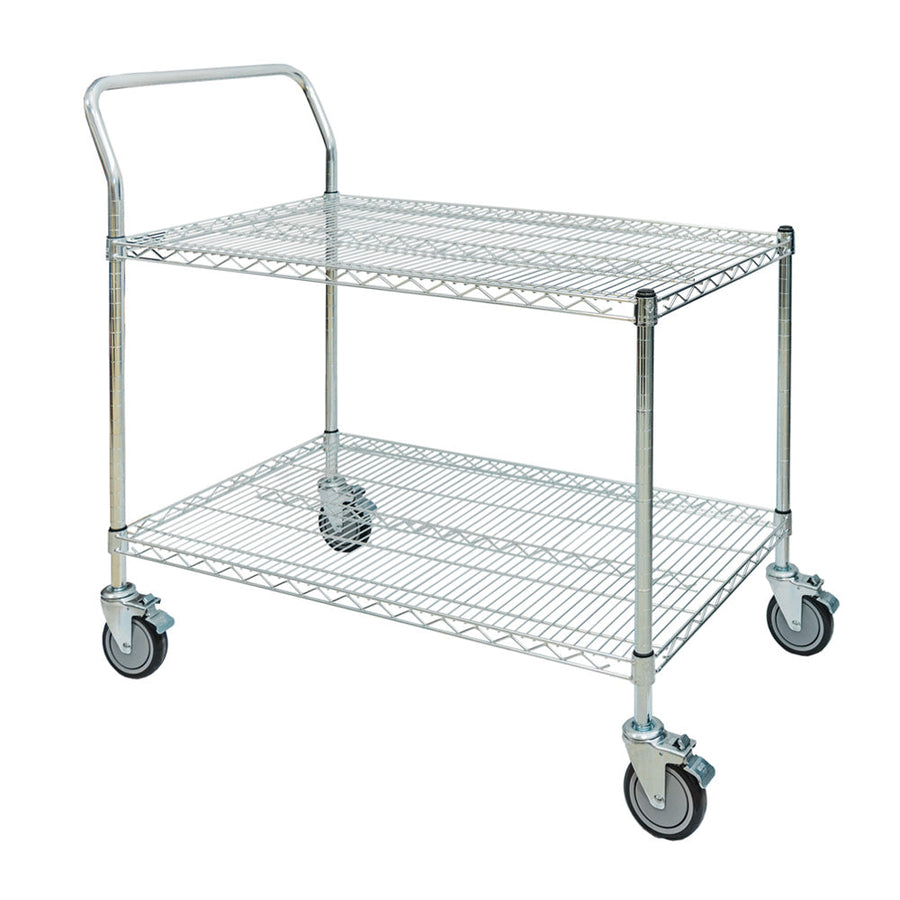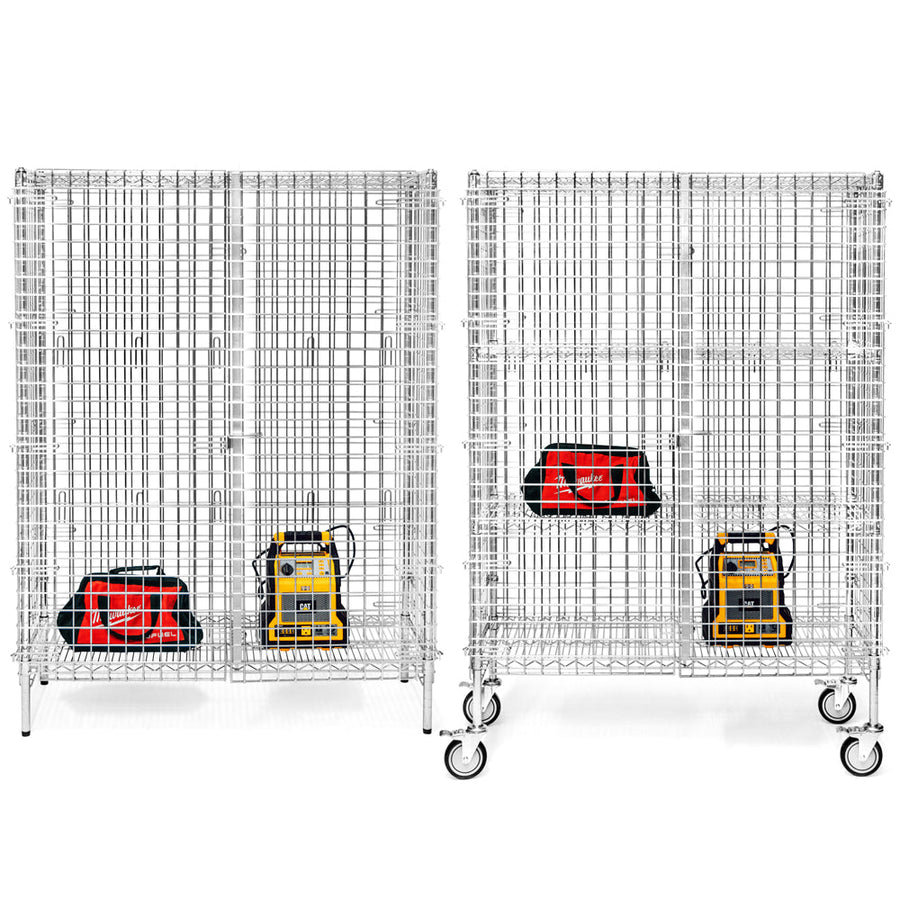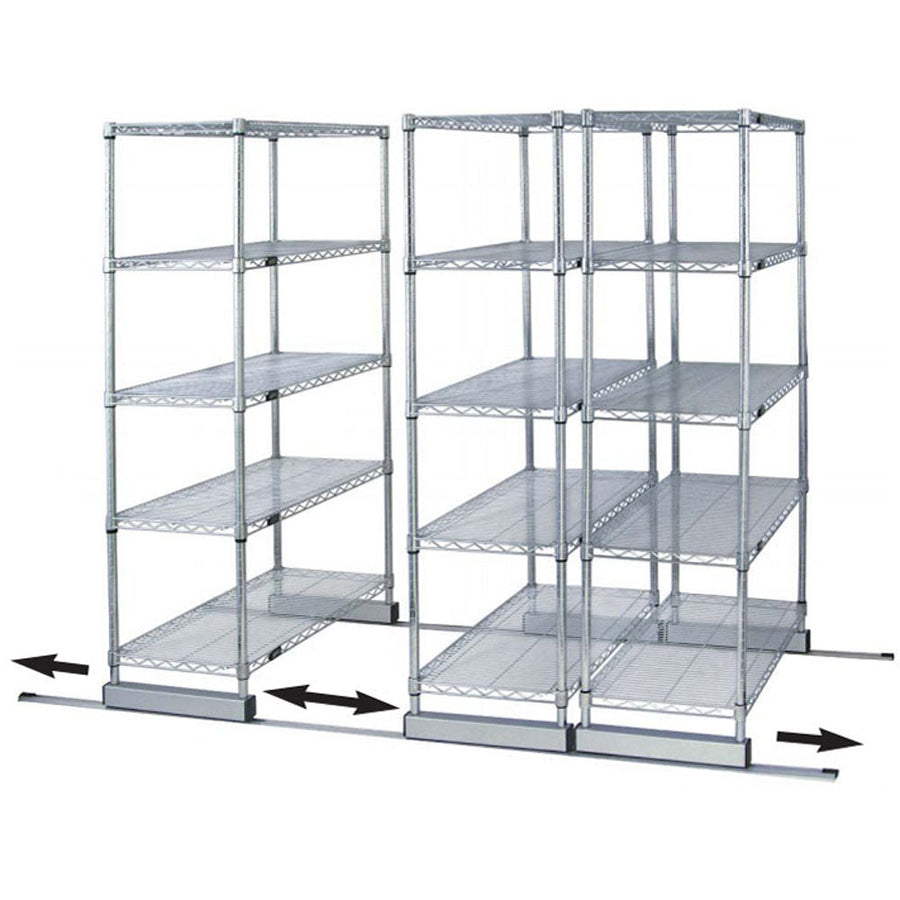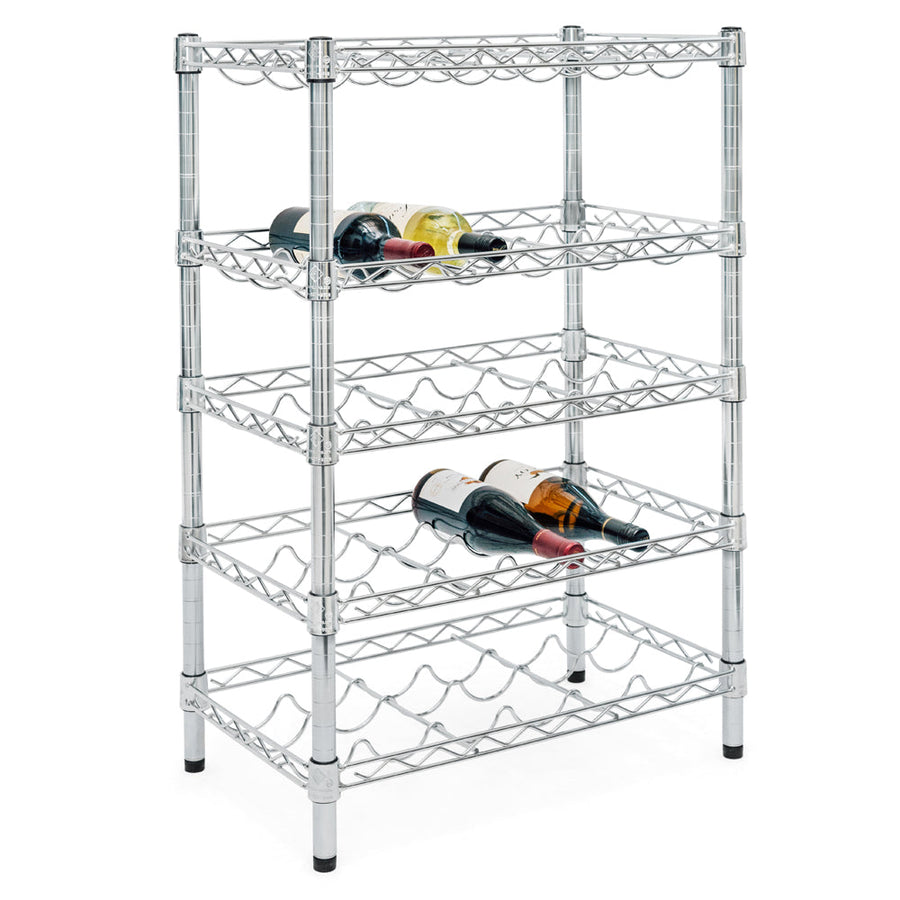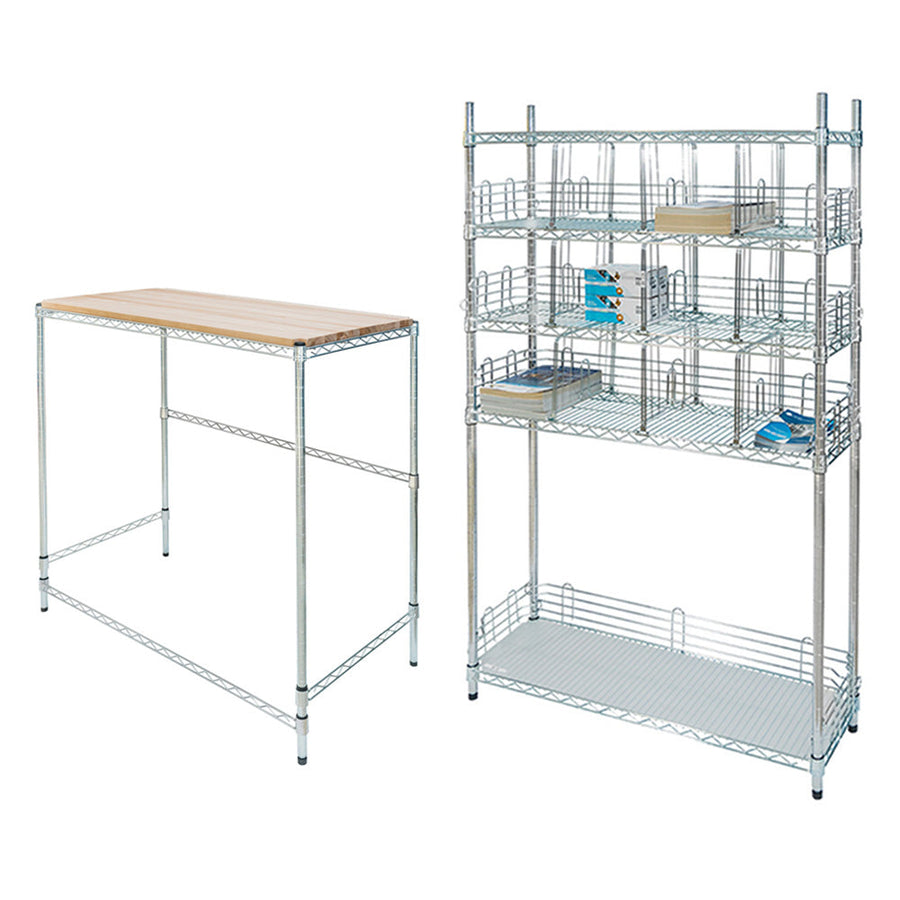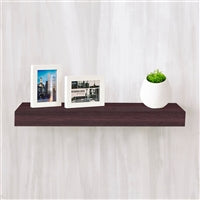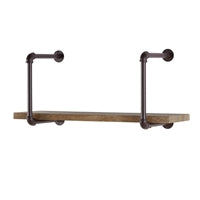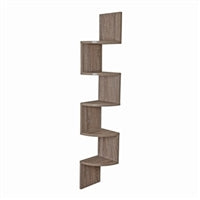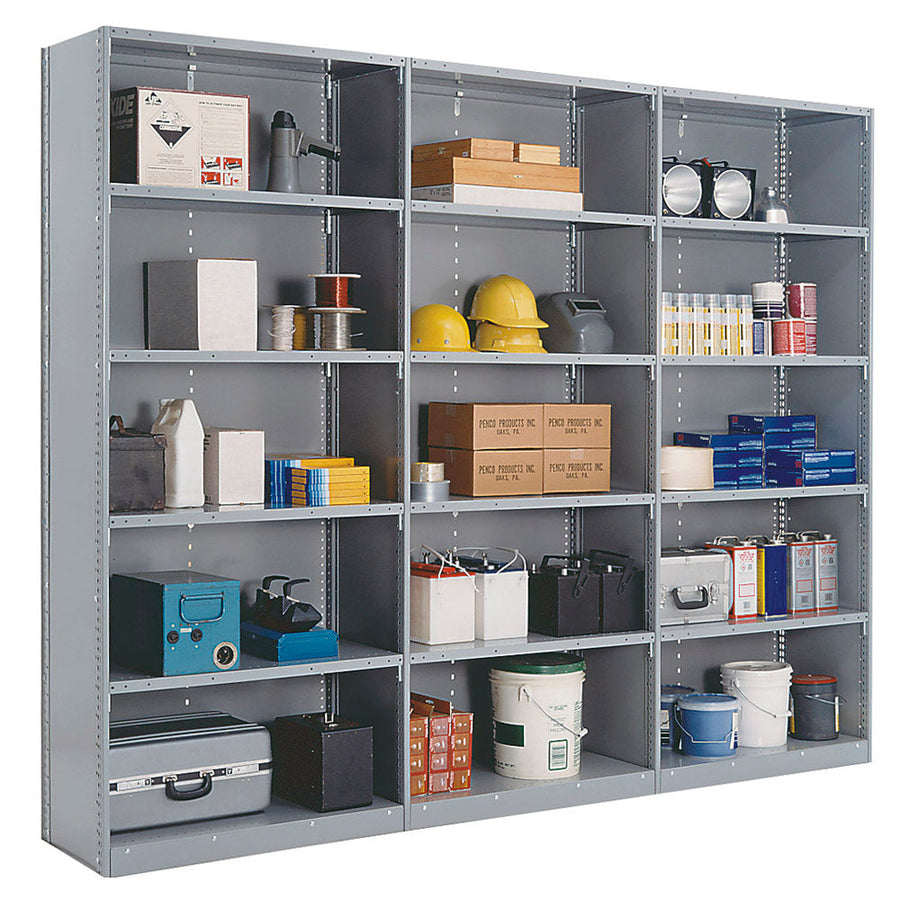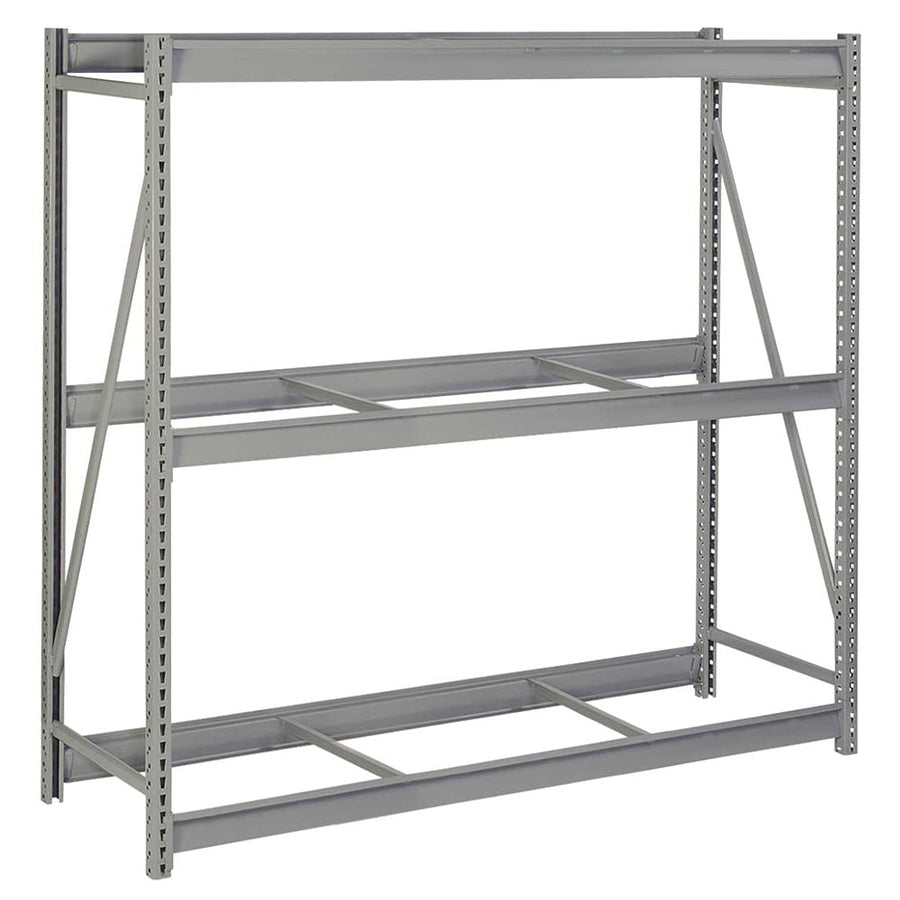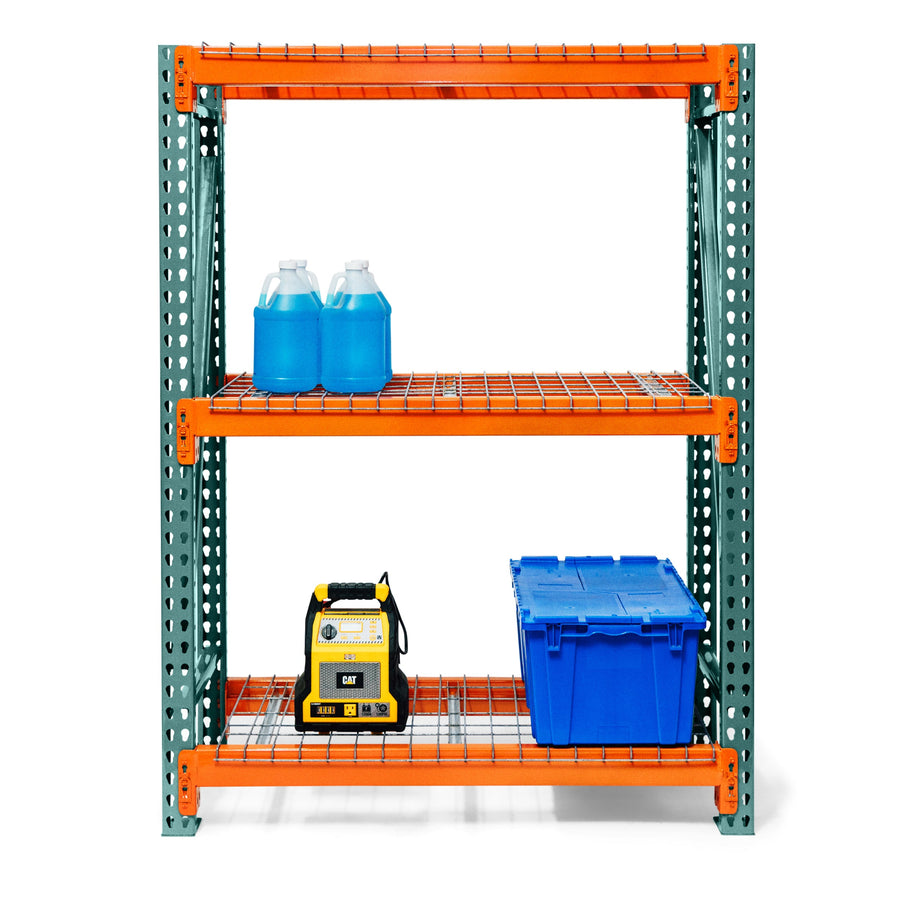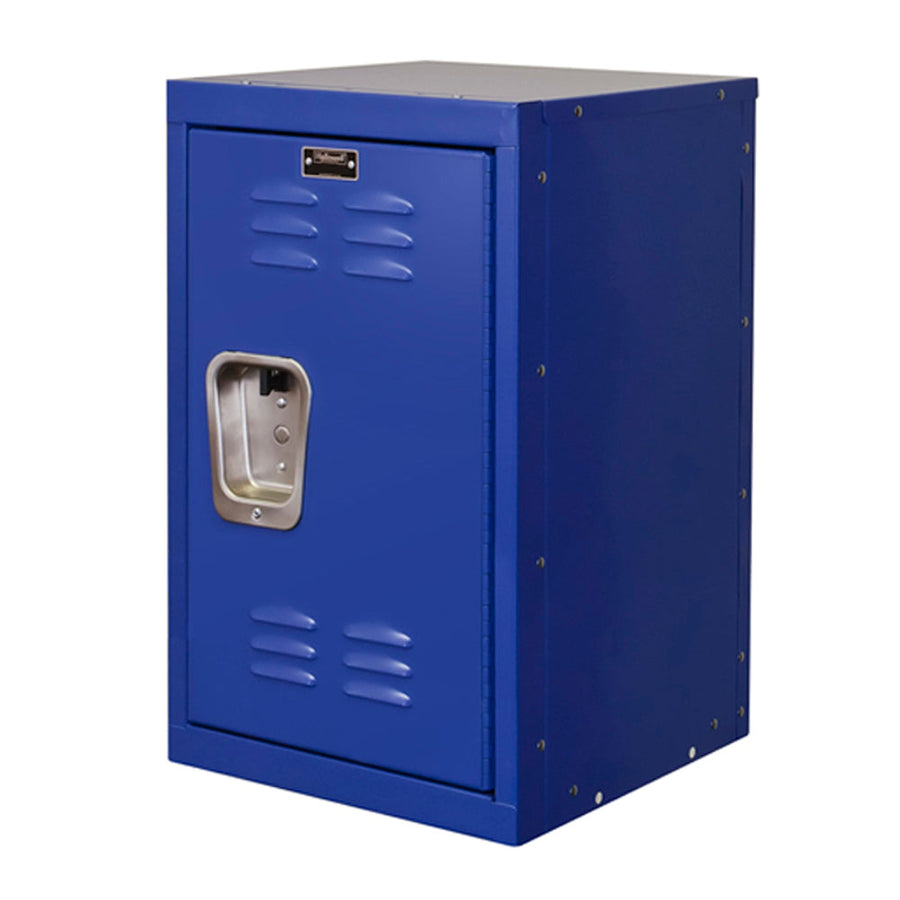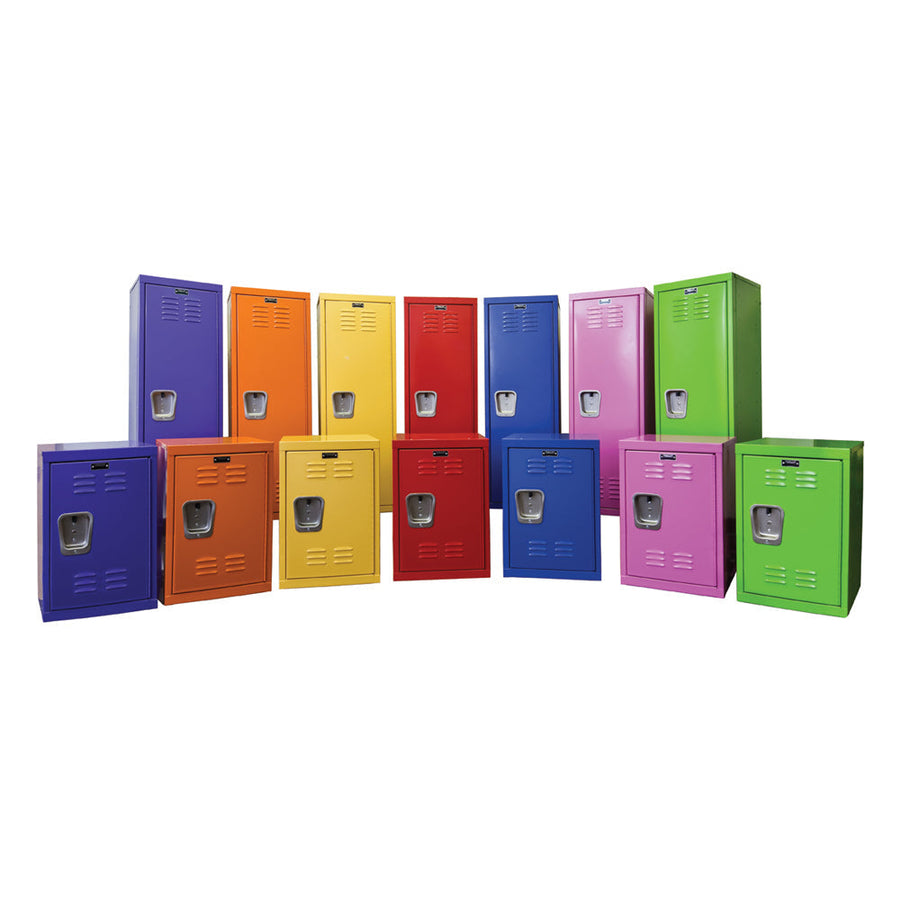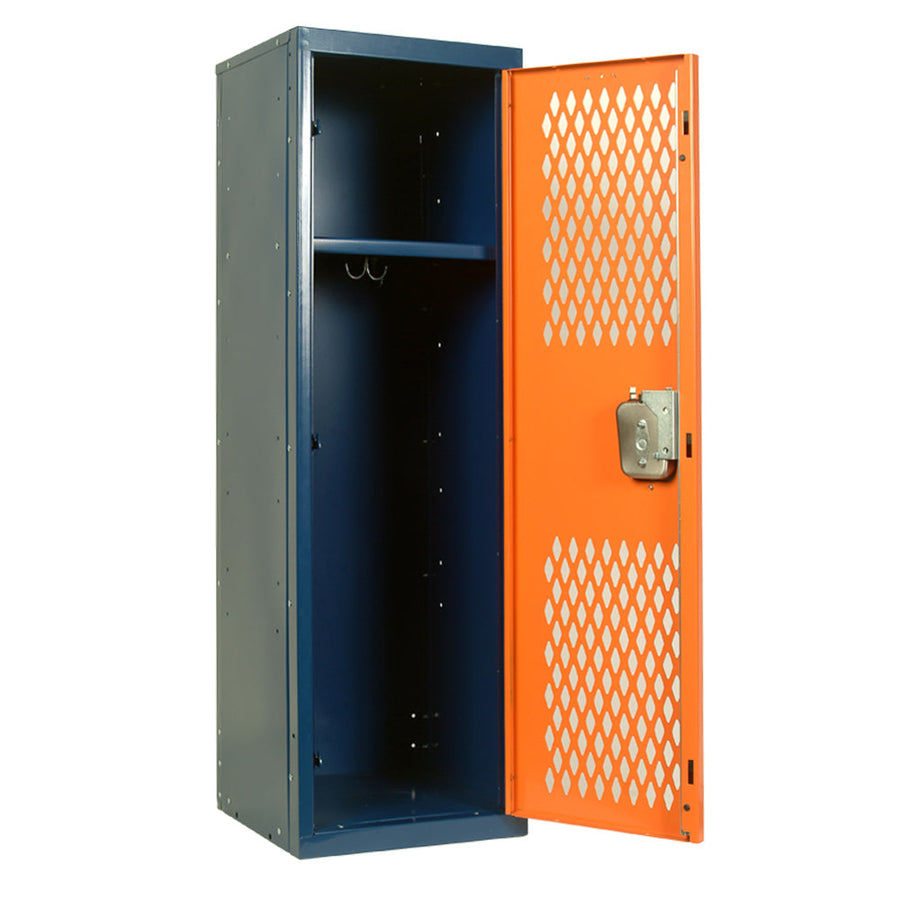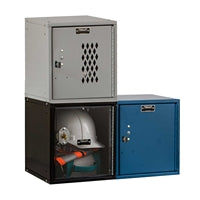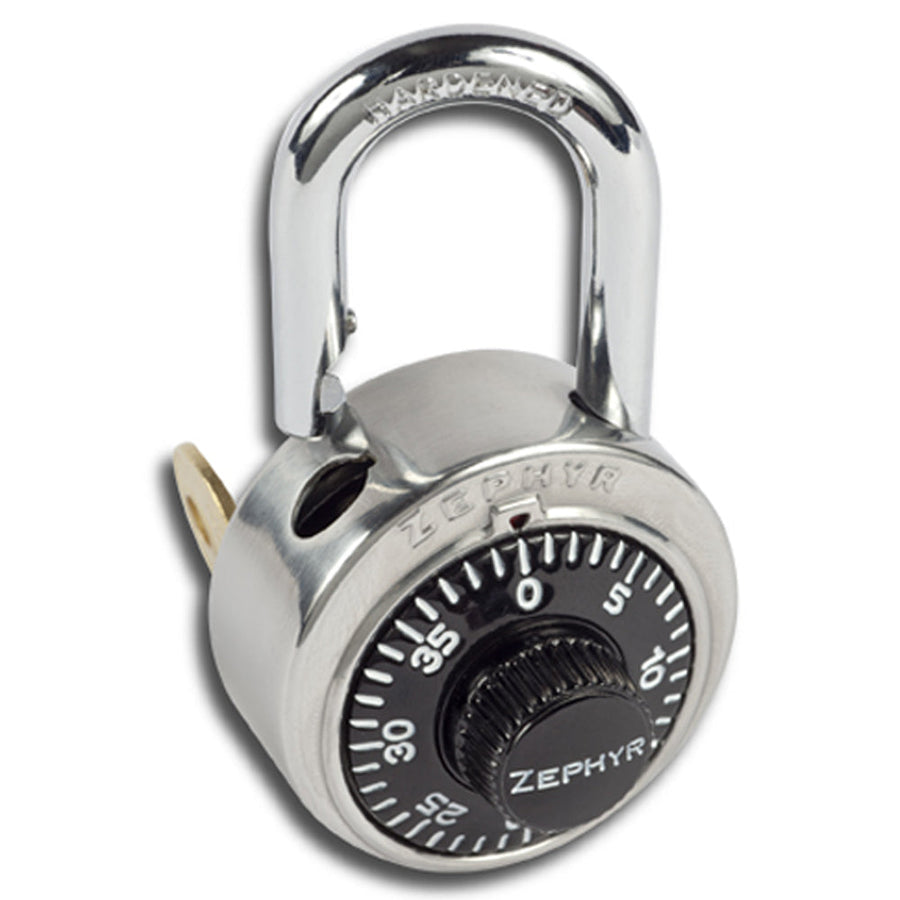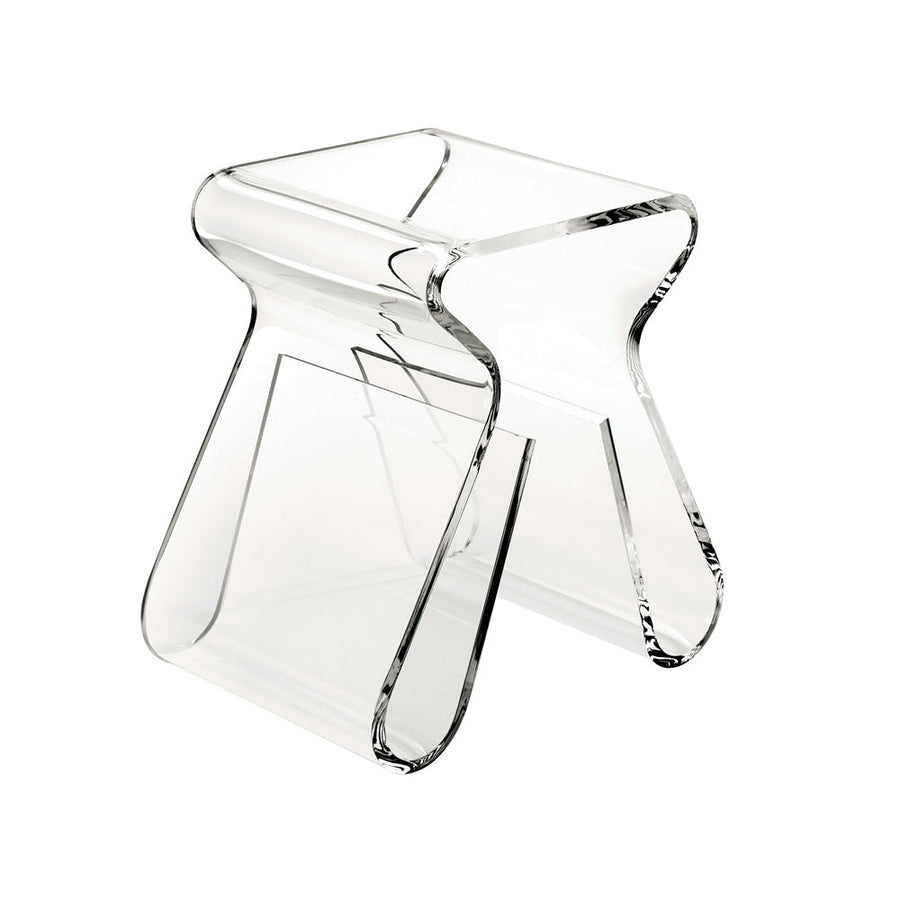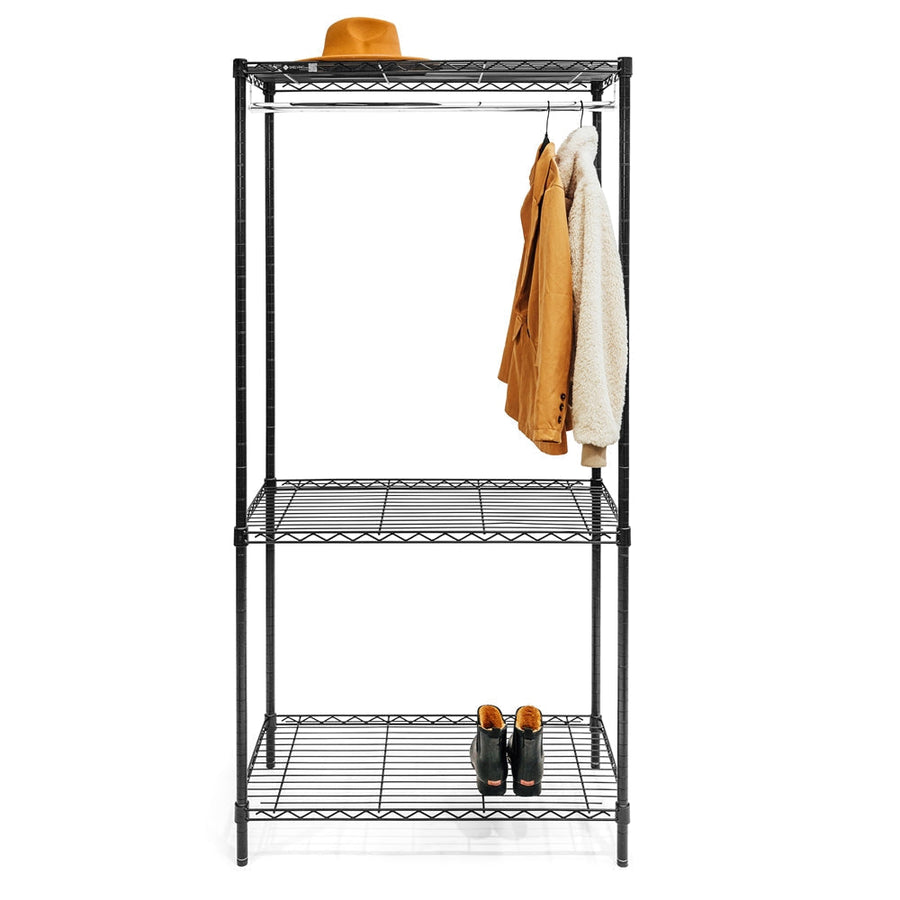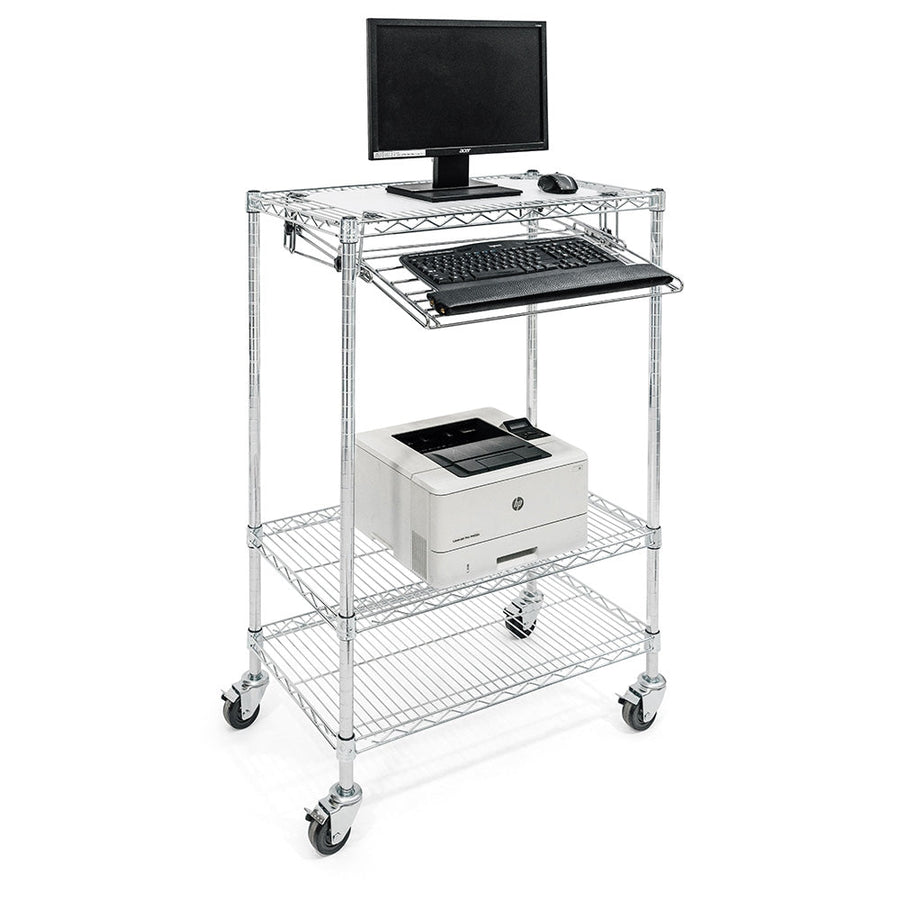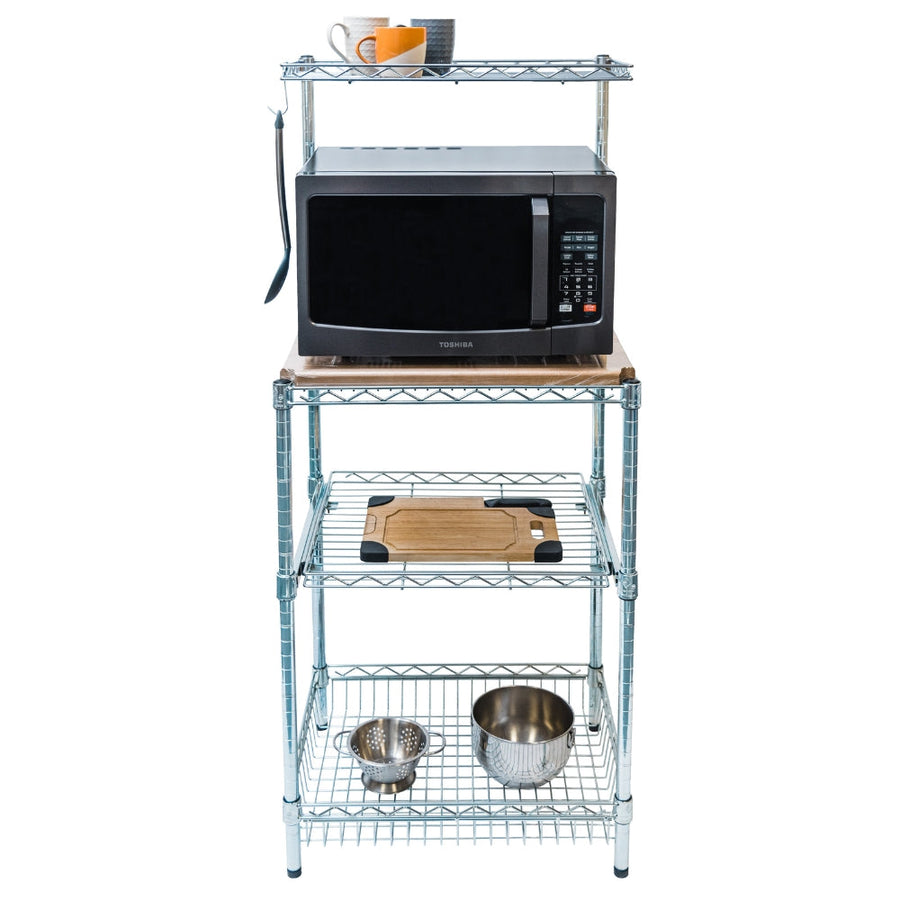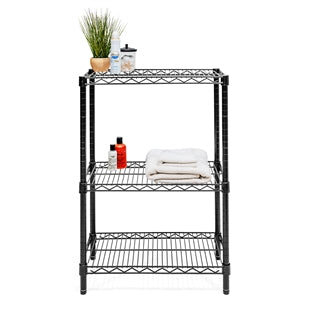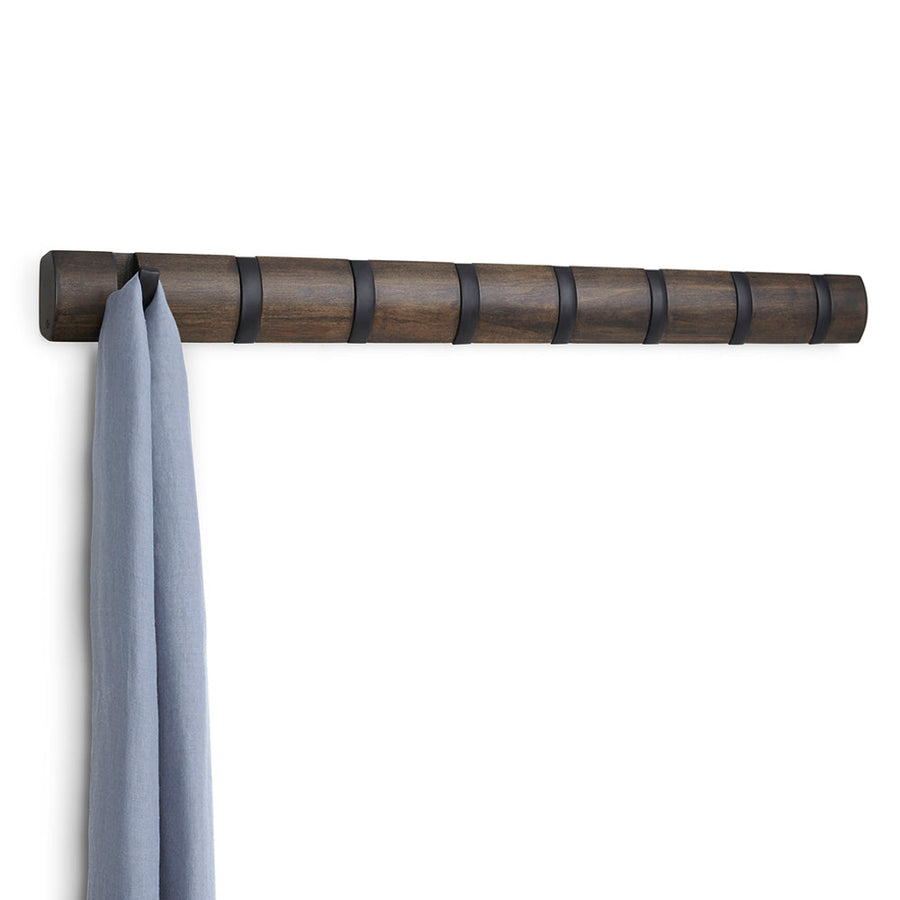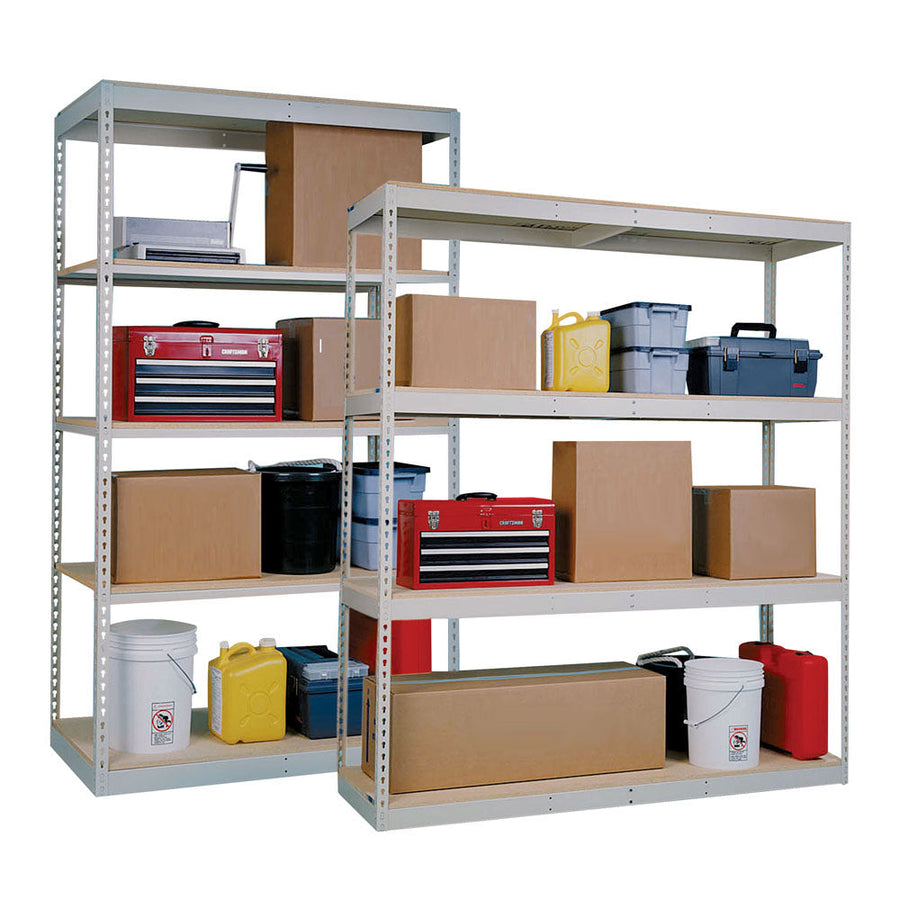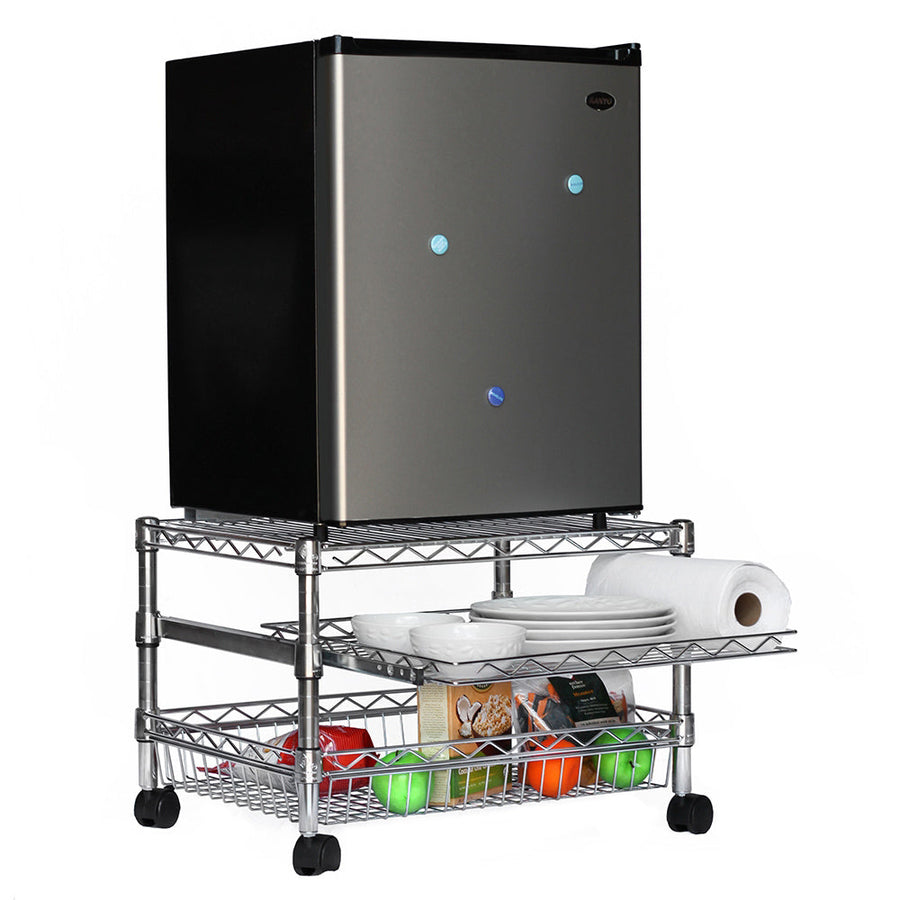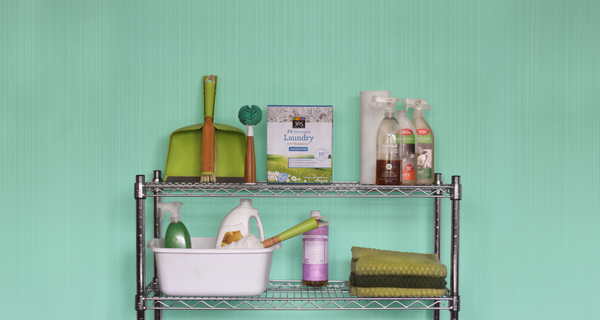Pantries - they’re always helpful, but they can be such a hassle to get organized.
Particularly if your home has a more ‘old-fashioned’ pantry that doesn’t have built-in shelving already, it can be tough to figure out exactly what you can store in there, how much space you can use, or how much shelving you might need.
While
home wire shelving is a convenient way to add more storage to your pantry, figuring out exactly what size, and how many shelves you can use, is a big part of maximizing your available space.
Finding The Perfect Shelves For Your Pantry
Avoid going too deep
While the exact number will vary depending on the depth of your specific pantry, the experts all suggest that you avoid going too deep for accessibility concerns. For example, if your pantry is 20 inches deep, try to stick with
18” deep wire shelves or even
14” deep wire shelves to free up a few inches in the front, allowing you to access the stuff on your shelves more easily.
Leave room on all sides
Similarly, while the temptation might be there to use all of the available space in your pantry for the purpose of storing food, leaving some space above and below will actually help you use the space more efficiently. If you’re using individual
wire wall shelves mounted directly into the wall, make sure the top shelf is a little shorter than the rest to make the items up there easier to reach, and try to mount the bottom shelf high enough to use the floor space for things like paper towels and bulk goods. (If you’re using an entire shelving rack, the bottom shelf is still ideal for these items.)
Sort items by how frequently you’ll need them
The shelves right between waist-height and eye-level are the easiest to access, and as a result you’ll want to focus on keeping your most popular items right there. Things you go for every day like cereal, pasta, canned goods, and smaller ingredients should be kept there, while the bottom shelf should be used for larger things like paper towels and cat food. The top shelf should be used for ingredients or even cooking utensils you don’t go for as often, to free up space elsewhere in the pantry.
Rearrange as needed
The nice thing about pantries is that they’re never permanent. As your needs change, your tastes evolve, and even your kitchen grows around you, your pantry can always be altered to keep up with the times. Rearrange what goes where, move in bigger (or smaller) shelves as needed, and never be afraid to break from your usual routine if it helps you stay better organized.
Once you’ve gotten this all figured out, your kitchen just might be that much easier to use!


